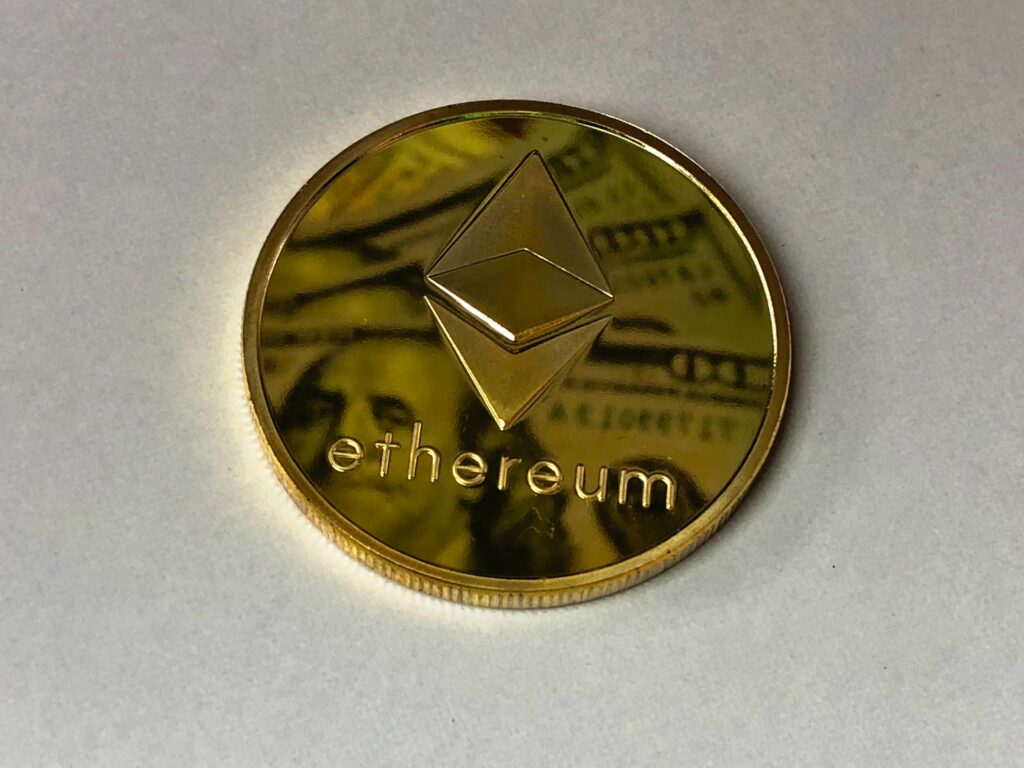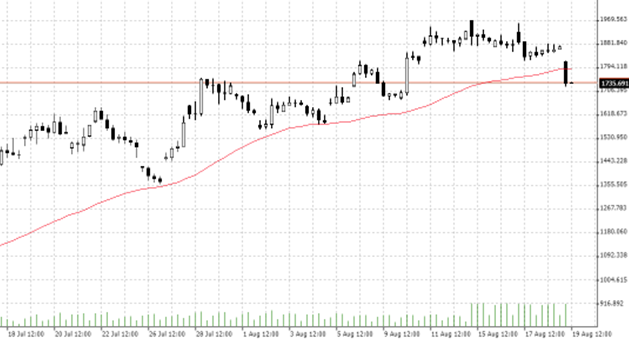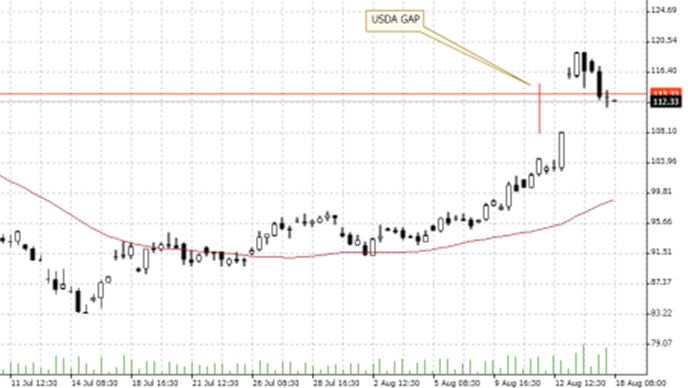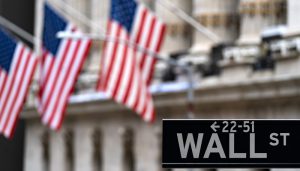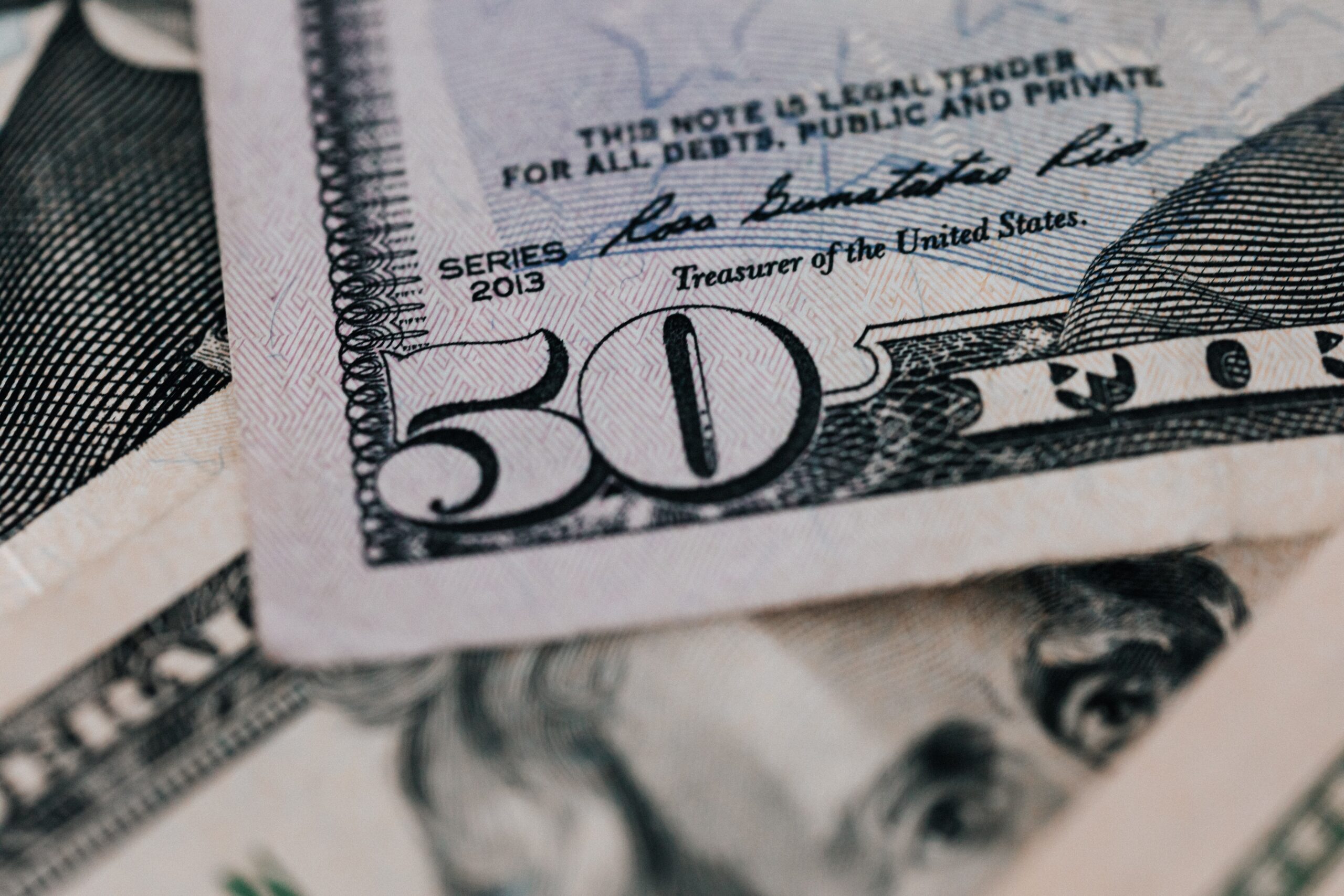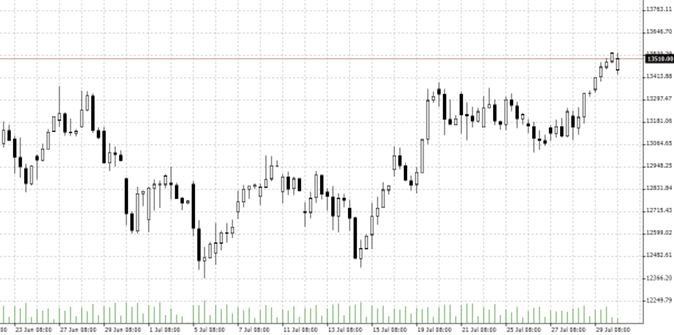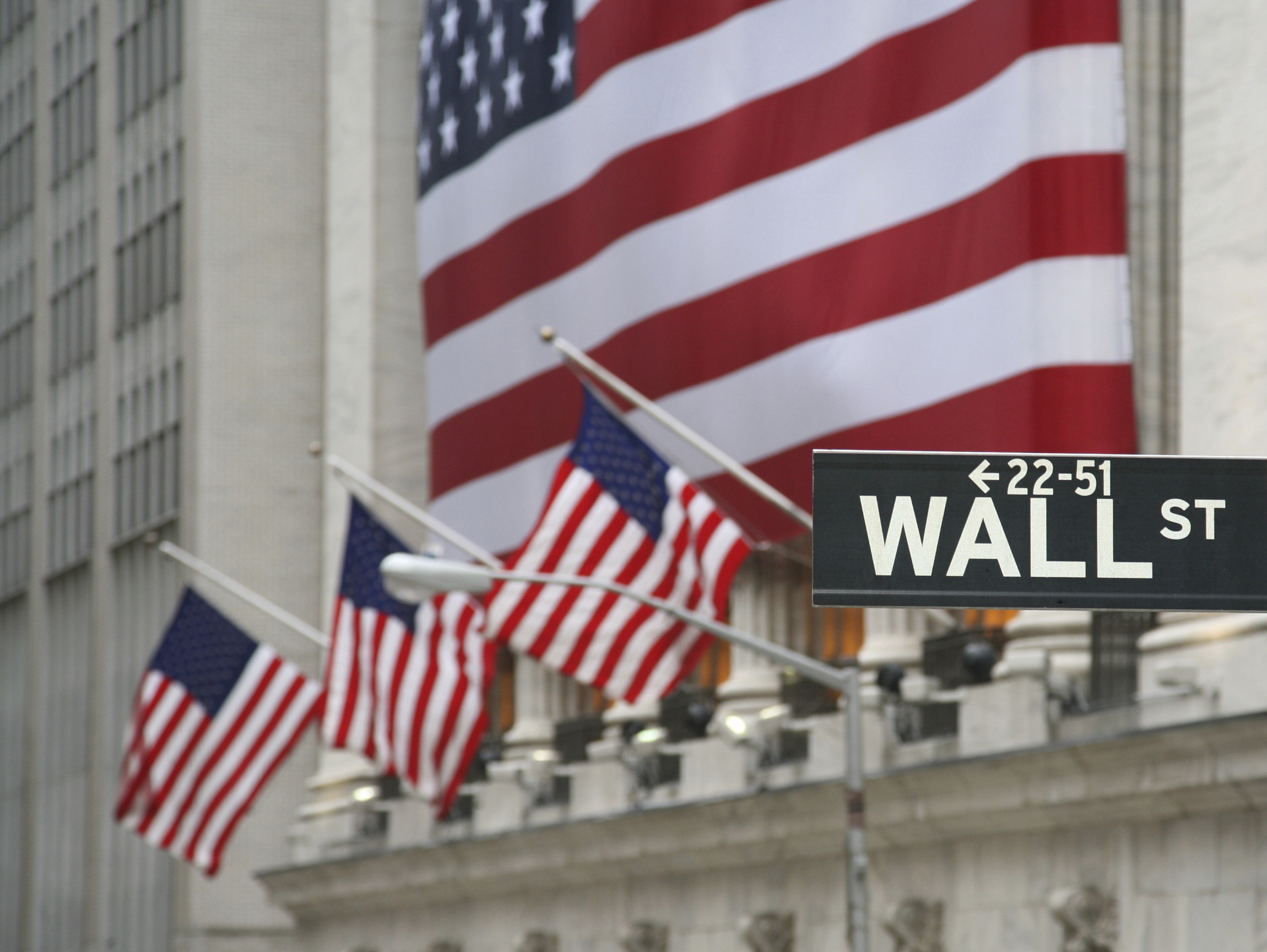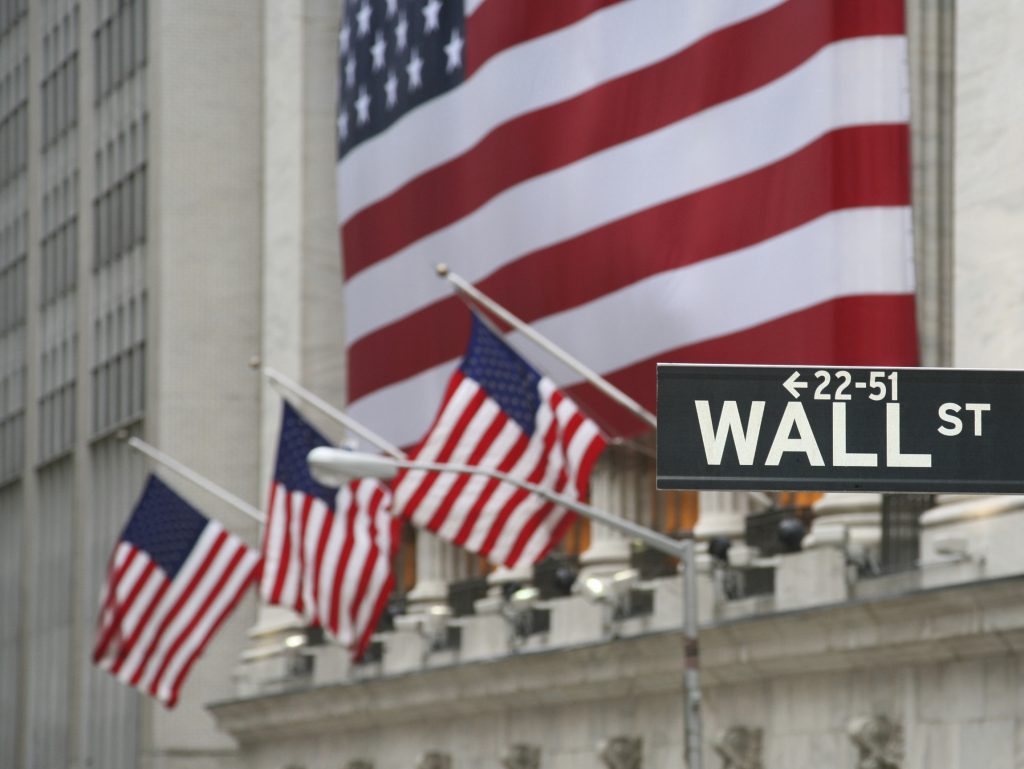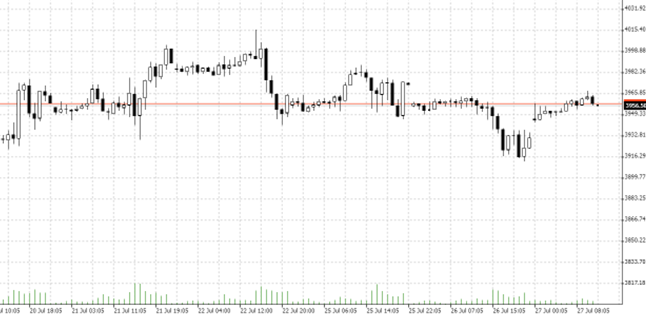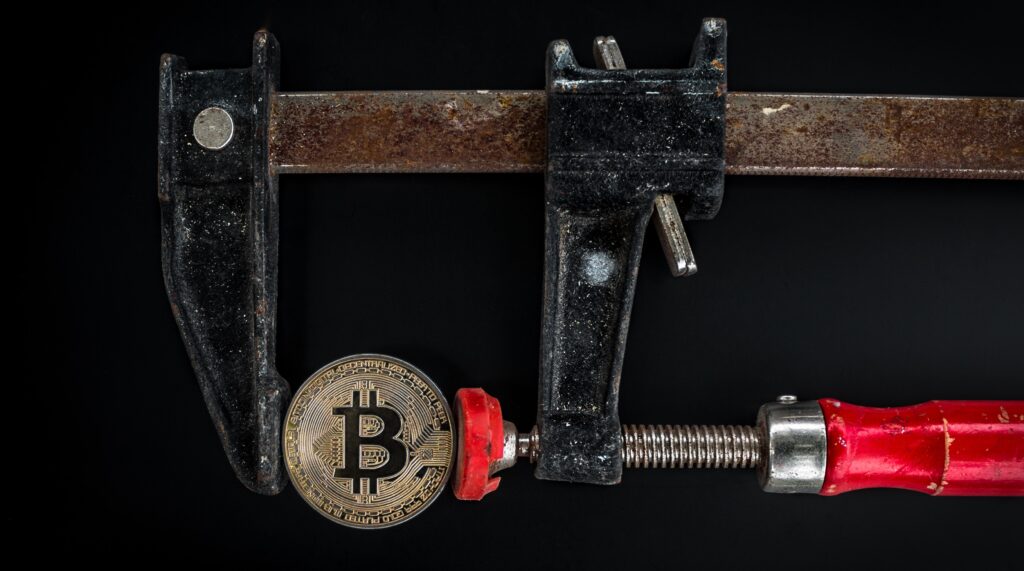

22.08.2022 – On August 24, Ukraine will be 31 years old. In addition to Independence Day, the date has another significance: exactly six months ago, the Russian invasion of Ukraine began. It is hardly foreseeable that normality will soon return to Eastern Europe. This can be measured above all by the price of gas.
Nerves on the natural gas market and in industry are already on edge again: Moscow announced on Friday that it would stop gas deliveries via the Nord Stream 1 pipeline for three days from the end of August. Gazprom reported that no gas would flow from August 31 to September 2 due to maintenance work. Just in time for Ukrainian Independence Day. And after that, only 20 percent of the daily maximum output will be delivered. You can see the reaction very nicely in the weekly chart.

Source: Bernstein Bank GmbH
Russia is putting the thumbscrews on the West for natural gas in revenge for supporting Ukraine. We expect that sooner or later the gas supply will be cut off completely. After all, why shouldn’t Moscow use its energy weapon? Germany, in particular, has put itself at the Russians’ mercy with its mendacious energy transition. The result: modern German nuclear power plants stand around switched off, more coal, all eco, nuclear power from France and coal-fired power from Poland keep the German economy going. The Kremlin knows this, too: Ergo, we currently see no arguments that the gas price boom could end.
Hardly any LNG
The arguments for gas bulls are currently overwhelming. On the one hand, it will take a while until Germany and Europe have built enough terminals for liquefied natural gas from the USA. For another, the war is likely to continue. For the neo-Stalinist Russian political doctrine has an unpleasant folk factor: Russians abroad are protected, territories incorporated. And since the Communists in the 1930s sent settlers to areas such as the Donetsk Basin, as well as the Baltics, and since these Russians rarely integrated into the new, later independent host countries, nationalist conflicts continue to simmer.
Too little of everything
Ukraine, in turn, is starving at the outstretched arm of the West: Europe and the United States have put Kiev on a diet of arms and ammunition, supplying just enough to prevent the Russians from making a convincing run. On the other hand, Ukraine cannot kick the invaders out of the country. Yet there are dozens of Leopard tanks sitting around in Germany, and an aircraft fleet of a good 200 “Wharthogs” tank busters waiting to be decommissioned in the United States. If we had courageous politicians who would deliver these weapons to Ukraine, the fight would soon be over. But like this: appeasement everywhere.
The conclusion from all this: we cannot imagine a return to normality at the moment. And we suspect that the real gas crisis is yet to come. In a cold winter, gas prices will explode – and so will electricity prices, as consumers switch from gas heating to fan heaters. A blackout would also have severe consequences for the stock markets. An end to the energy crisis could come, however, if Russia annexes the occupied territories and the courageous friends of peace in Paris, Berlin or Rome force Ukraine to accept this. Then the weapons would probably be silent and the market could calm down. Bernstein Bank keeps an eye on the matter for you!
Important Notes on This Publication:
The content of this publication is for general information purposes only. In this context, it is neither an individual investment recommendation or advice nor an offer to purchase or sell securities or other financial products. The content in question and all the information contained therein do not in any way replace individual investor- or investment-oriented advice. No reliable forecast or indication for the future is possible with respect to any presentation or information on the present or past performance of the relevant underlying assets. All information and data presented in this publication are based on reliable sources. However, Bernstein Bank does not guarantee that the information and data contained in this publication is up-to-date, correct and complete. Securities traded on the financial markets are subject to price fluctuations. A contract for difference (CFD) is also a financial instrument with leverage effect. Against this backdrop, CFD trading involves a high risk up to the point of total loss and may not be suitable for all investors. Therefore, make sure that you have fully understood all the correlating risks. If necessary, ask for independent advice. CFDs are complex instruments and are associated with the high risk of losing money quickly because of the leverage effect. 68% of retail investor accounts lose money trading CFD with this provider. You should consider whether you understand how CFD work and whether you can afford to take the high risk of losing your money.7


